-
Posts
2.067 -
Joined
-
Last visited
-
Days Won
52
Posts posted by Genava55
-
-
What is the average polygon count now?
In comparison with the old total war, it seems that 800 is really low:
-
-
2 hours ago, wowgetoffyourcellphone said:
<Reserved for Lusitanians>
https://en.wikipedia.org/wiki/Punicus
https://en.wikipedia.org/wiki/Caucenus
https://en.wikipedia.org/wiki/Caesarus
https://en.wikipedia.org/wiki/Tautalus
On 31/12/2021 at 4:52 AM, wowgetoffyourcellphone said:Looking for ideas for a 4th Iberian hero
https://en.wikipedia.org/wiki/Olyndicus
https://es.wikipedia.org/wiki/Retógenes_el_Caraunio (it is in Spanish but it is really a valid candidate)
https://en.wikipedia.org/wiki/Tanginus
Chalbus of the Tartesii:
QuoteLivy 23.26: These deserters had started an agitation amongst the tribe of the Tartesii and had induced several cities to revolt, and one they had actually taken by storm. The war was now diverted from the Romans to this tribe, and Hasdrubal entered their territories with an invading army. Chalbus, a distinguished general amongst them, was encamped with a strong force before the walls of a city which he had captured a few days before, and Hasdrubal determined to attack him. He sent forward skirmishers to draw the enemy into an engagement and told off a part of his cavalry to lay waste the surrounding country and pick up stragglers. There was confusion in the camp and panic and bloodshed in the fields, but when they had regained the camp from all directions their fears so suddenly left them that they became emboldened, not only to defend their camp, but even to take the aggressive against the enemy. They burst in a body out of their camp, executing war dances after their manner, and this unexpected daring on their part carried terror into the hearts of the enemy, who had shortly before been challenging them. Hasdrubal thereupon withdrew his force to a fairly lofty hill, which was also protected by a river which served as a barrier. He retired his skirmishers and his scattered cavalry also to this same position. Not, however, feeling sufficiently protected by either hill or river he strongly entrenched himself. Several skirmishes took place between the two sides who were alternately frightening and fearing each other, and the Numidian trooper proved to be no match for the Spaniard, nor were the darts of the Moor very effective against the ox-hide shields of the natives, who were quite as rapid in their movements and possessed more strength and courage.
-
 1
1
-
-
Database and introductory website for Iberian, Celtiberian and Lusitanian epigraphy:
-
The short film made by Les Ambiani is officially available on youtube
check this album too:
-
 1
1
-
-
2 minutes ago, wowgetoffyourcellphone said:
For who? I think there many depictions of the cardiophylax still in use by the Romans, but I am not sure about what primary sources there are. There's the famous triple-disk cardiophylax found in North Africa (?).
For the Romans they definitely are using it during the Punic Wars, Polybius mentioned it explicitly. But for the Iberians and Celtiberians, according to the articles above, the evidence for breastplates seems to stop both in the archaeological records and artistic depictions at the beginning of the 3rd c. BC.
-
 2
2
-
-
-
7 hours ago, TKogumelos said:
The problem is bronze montefortinoes were introduced in the Peninsula by the Carthaginians during the Punic wars.
The breastplate (cardiophylax) is also something from an earlier period right? Not in use anymore during the Punic Wars?
-
5 hours ago, wackyserious said:
Gallic montefortino
The Celtic montefortino isnt widespread in the Iberian peninsula. The Celtiberians never used it, only the Iberians of the North-East like the Illergetae.
-
 1
1
-
-
Quote
Viridomarus "King of the Insubres"
Britomaros / Viridomaros is the king of the Gaesatae
http://encyclopedie.arbre-celtique.com/britomaros-viridomaros-2219.htm
Quote4th Gallic Hero
I would say Bolgios:
https://en.wikipedia.org/wiki/Bolgios
Or Ambiorix:
https://en.wikipedia.org/wiki/Ambiorix
Or Comontorios from Tylis kingdom
https://en.wikipedia.org/wiki/Tylis
Or Luern the Arvernian king
https://fr.wikipedia.org/wiki/Luern
-
Chalbus of the Tartesii:
QuoteLivy 23.26: These deserters had started an agitation amongst the tribe of the Tartesii and had induced several cities to revolt, and one they had actually taken by storm. The war was now diverted from the Romans to this tribe, and Hasdrubal entered their territories with an invading army. Chalbus, a distinguished general amongst them, was encamped with a strong force before the walls of a city which he had captured a few days before, and Hasdrubal determined to attack him. He sent forward skirmishers to draw the enemy into an engagement and told off a part of his cavalry to lay waste the surrounding country and pick up stragglers. There was confusion in the camp and panic and bloodshed in the fields, but when they had regained the camp from all directions their fears so suddenly left them that they became emboldened, not only to defend their camp, but even to take the aggressive against the enemy. They burst in a body out of their camp, executing war dances after their manner, and this unexpected daring on their part carried terror into the hearts of the enemy, who had shortly before been challenging them. Hasdrubal thereupon withdrew his force to a fairly lofty hill, which was also protected by a river which served as a barrier. He retired his skirmishers and his scattered cavalry also to this same position. Not, however, feeling sufficiently protected by either hill or river he strongly entrenched himself. Several skirmishes took place between the two sides who were alternately frightening and fearing each other, and the Numidian trooper proved to be no match for the Spaniard, nor were the darts of the Moor very effective against the ox-hide shields of the natives, who were quite as rapid in their movements and possessed more strength and courage.
Cerdubelus, a traitor:
QuoteImportant character of Castulo. In the year 206 BC, he advised the inhabitants of Cástulo, a city defended by Hispanics and by the rest of the Carthaginian army, to surrender to the Romans. Cerdubelo handed over, with a secret pact, the city and the Carthaginians to the Romans. The name is Iberian.
Luxinius and Culchas:
QuoteLivy 33.21: It was at this time that Attalus, who owing to his illness had been carried from Thebes to Pergamum, died there in his seventy-second year after a reign of forty-four years. Beyond his wealth Fortune had bestowed nothing on this man which could lead him to hope that he would ever be king. But by making a wise use of his riches and at the same time employing them on a magnificent scale he gradually began to be regarded, first in his own estimation and then in the eyes of his friends, as not unworthy of the crown. In one decisive battle he defeated the Gauls-a nation all the more dreaded because they had migrated into Asia comparatively recently-and after this victory he assumed the royal title and ever after justified it by a corresponding greatness of soul. He governed his subjects with absolute justice and showed exceptional loyalty to his allies; affectionate towards his wife and his children, four of whom survived him, he was considerate and generous to his friends and left his kingdom so settled and secure that the possession of it descended to the third generation of his posterity. This was the state of things in Greece, Asia and Macedonia, when just as the campaign against Philip was brought to a close and before peace had been definitely established a serious war broke out in Further Spain. M. Helvius was administering the province, and he wrote to the senate to inform them that the tribal chiefs Culchas and Luxinius were in arms. Fifteen fortified towns were taking part with Culchas, whilst Luxinius was supported by the strong cities of Carmo and Bardo, the Malacini and Sexetani on the coast and the whole of Baeturia. In addition to these the tribes which had not yet disclosed their intentions were prepared to rise as soon as their neighbours moved. After M. Sergius, the city praetor, had read this despatch in the senate a decree was passed ordering that after the new praetors were elected the one who obtained Spain as his province should as soon as possible ask for the senate's instructions as to the military operations there.
-
 1
1
-
-
I just learned that there was a temple of Isis at Carthage since the 3rd century BC: https://www.jstor.org/stable/43606763
Also, Isis on a Punic sarcophagus: https://www.worldhistory.org/image/5285/priestess-of-isis-on-a-carthaginian-sarcophagus-li/
-
 1
1
-
-
For the Maurya empire, some candidate heroes:
-
 2
2
-
-
@Carltonus proposed Cassivellaunus (Cassiuellaunos) which is indeed a good candidate
https://en.wikipedia.org/wiki/Cassivellaunus
The other mentioned kings are Cingetorix, Carvilius, Taximagulus, Segonax then Mandubratius. But Cassivellaunus is indeed the most interesting choice.
For the later period, there is Cartimandua of the Brigantes that could be an interesting figure and Calgacus of the Caledonians:
https://en.wikipedia.org/wiki/Cartimandua
https://en.wikipedia.org/wiki/Calgacus
-
 1
1
-
 3
3
-
-
17 hours ago, wackyserious said:
would they have used quilted cloth, just like in the concept above?
not as an armor
-
 1
1
-
-
-
-
Pictish stuff (Late antiquity and early medieval):



https://cdn-animation.artstation.com/p/video_sources/000/177/093/torr-alvie-viewport.mp4
https://bobmarshall.artstation.com/projects/Poqw8n
-
 1
1
-
-
An article you can read with google translate:
-
6 hours ago, wowgetoffyourcellphone said:
I mean, it's just an abstraction. Feels better than the constant suggestion that the Celts and Germans "build" a temple that's a bunch of trees.

Well, it is unlikely that a sacred grove would be simply a bunch of trees. More probably there were clearings, enclosed area, altars etc. In some cases, the sacred grove are gathering places, able to hold at least 1000 persons. You wouldn't be able to hold a council of 1000 persons in a natural forest. A real natural forest is much different than from the modern perspective, with a lot of felled trees on the ground. There must have been some layouts.
I am not against the inclusion of sacred groves, I simply want to highlight the misconceptions linked to them.
-
47 minutes ago, wowgetoffyourcellphone said:
German and Celtic civs' bonus? The ability to turn a Grove into a Temple? So, a choice between gathering the wood or converting it into a temple that heals and trains priests, just like a regular Temple.
The idea could be innovative but I would like to point out some minor issues:
- Firstly, sacred groves are common among multiple cultures, including the Romans and the Greeks. It can be garden like or wild like area. A Greek temple requires a Temenos and it is simply an area dedicated to the gods, it can be constructed or natural. Plato teach to his students in the public garden of Athens which is a sacred grove. Philip V attacked Pergamon and ordered his men to cut down the trees in the sanctuary of Athena Nikephoros to humiliate the city and proving they lost the protection of the gods. The Romans have the concept of Lucus and it was common in any area of the Roman republic or of the Roman empire, it is also a sacred grove, generally like a garden or a field. It can be pretty large like the Lucus of Lacinian Juno, enclosed by dense woods and with pastures inside. Apollo was revered as the god of woodlands at Kourion (Chypre) and the accounts from the Roman empire era suggest that the sacred grove dedicated to the god was filled with wild-animals.
- Secondly, I think it could further deceive people in making them believing the 'barbarians' were following a naturalistic or primitive religion, without constructed temples or shrines. It depends how you would portray the sacred grove and if the civs can still build proper temples.
- Thirdly, the archaeological record is pretty thin on the matter of sacred grove. The evidences are mostly related to locations and places where there is water. A bog, a river, a lake, a well etc. We know that water is particularly important for domestic religion too during the iron age.
-
-
19 minutes ago, wowgetoffyourcellphone said:
Looks great. Should probably pick 1 shield pattern each for these guys though. Any suggestions for your favorites @Genava55?
Middle one is great
-
Reenactment of decorated organic cuirasses
Spoiler



Celtic art:Pages de Archaeology_of_Celtic_Art.pdf
Spoiler













-
 1
1
-


.thumb.jpg.b21ca1d0c15fb56b42c39b25a0a40815.jpg)
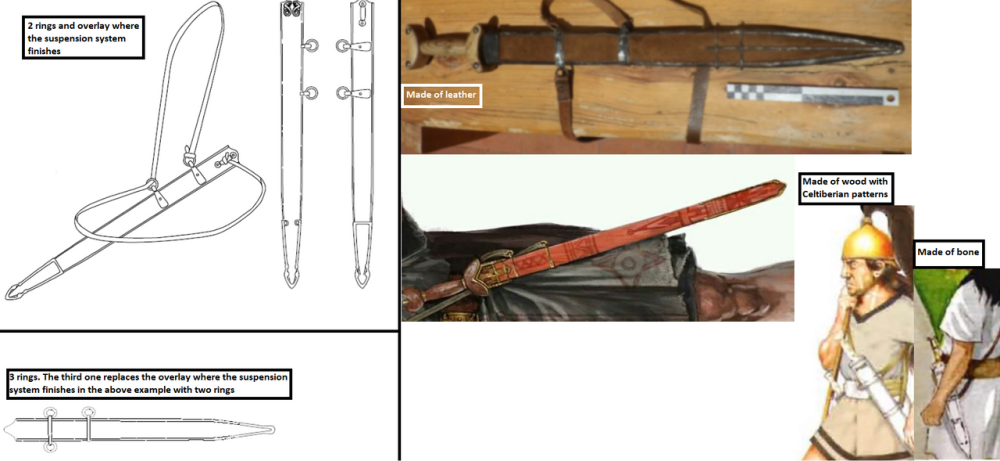
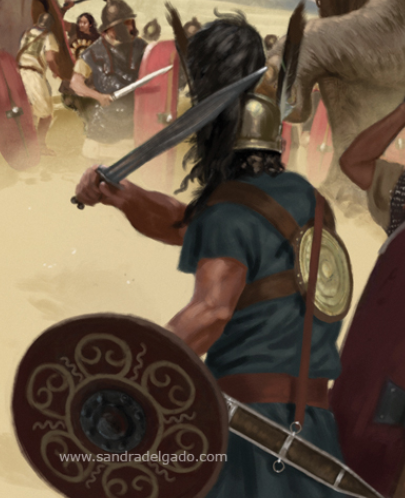
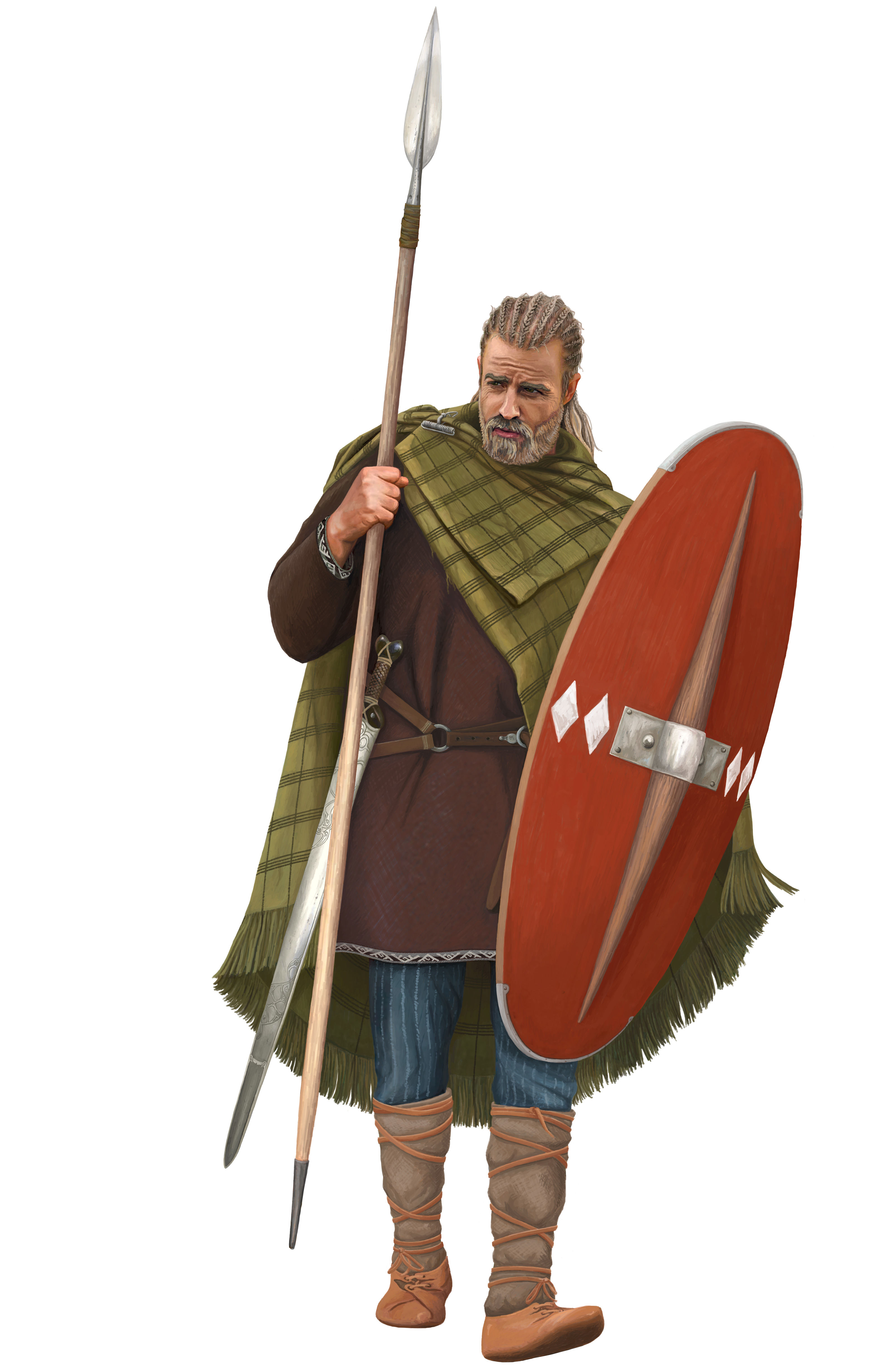
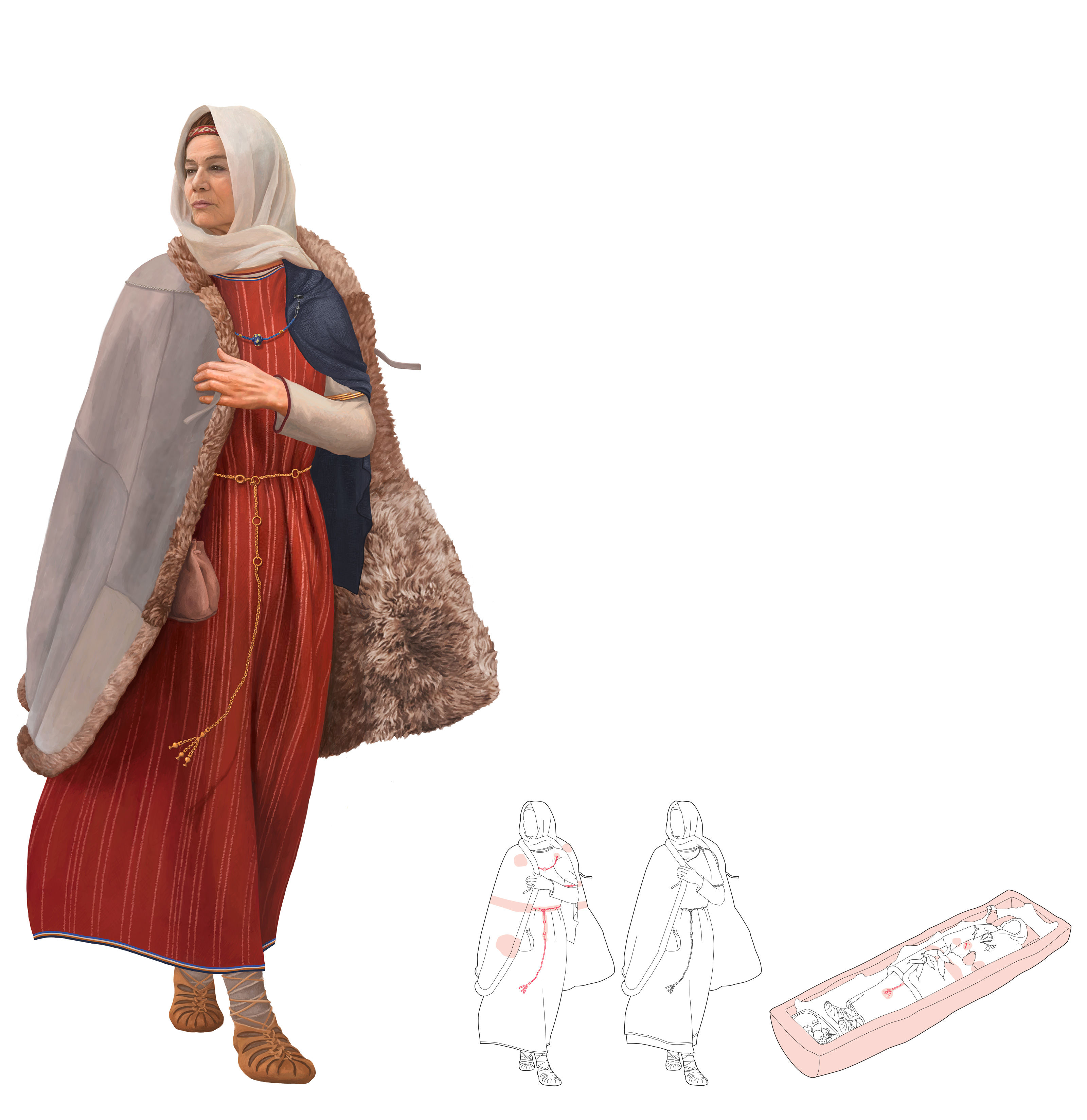
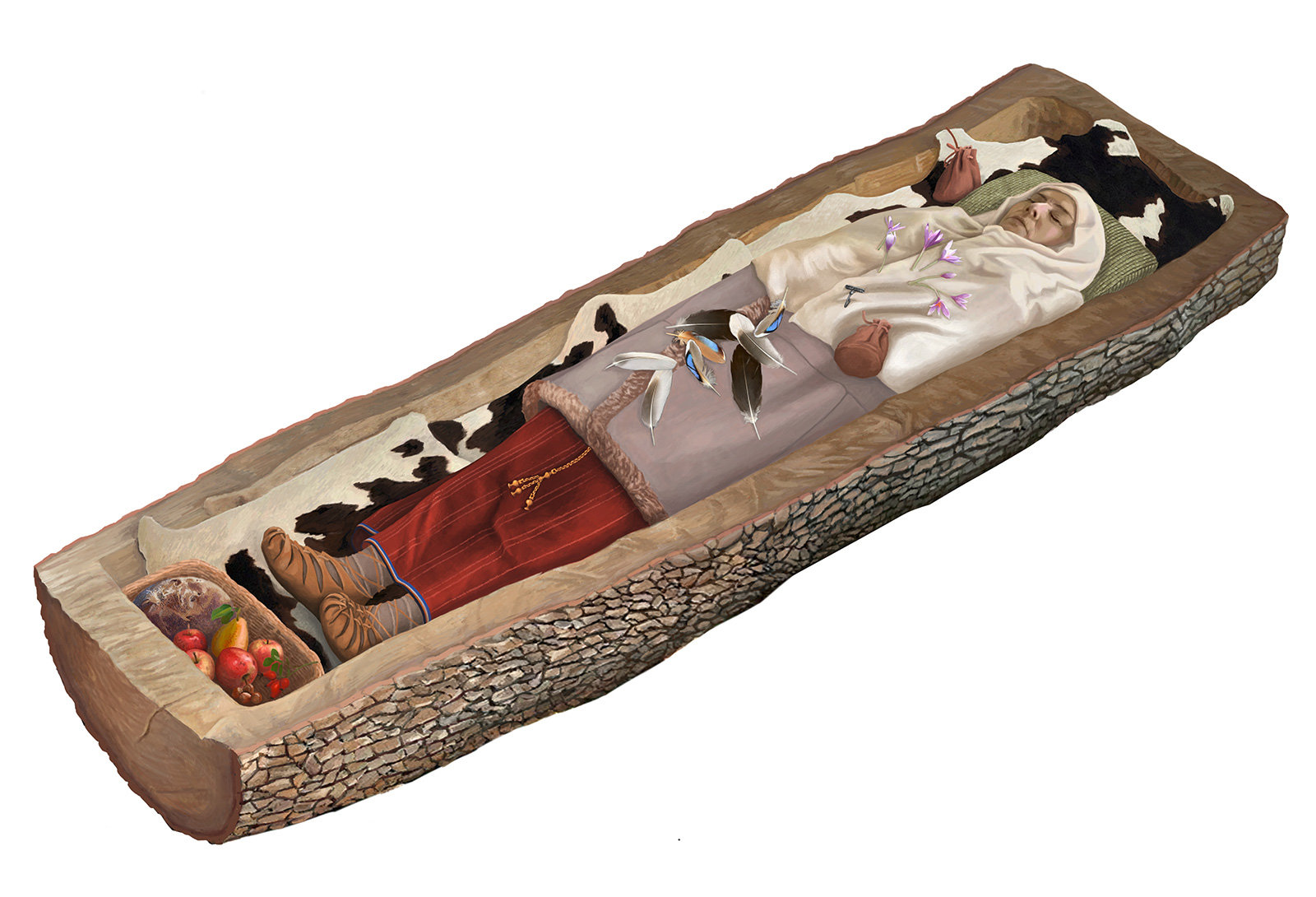

What happened to the cheat to place down units?
in General Discussion
Posted
I think you can launch a game from the editor too. Maybe that?